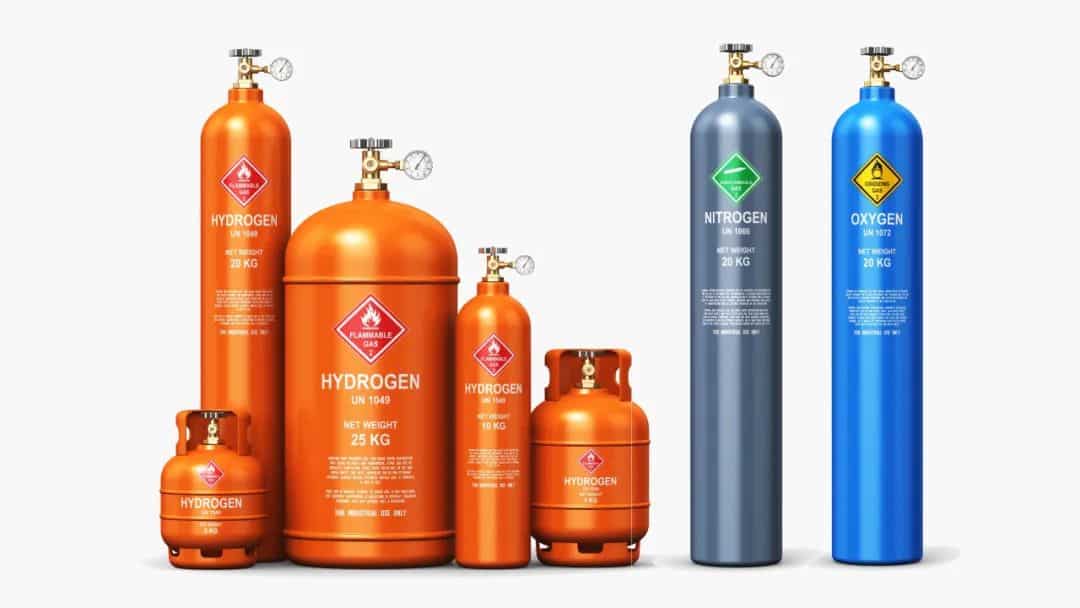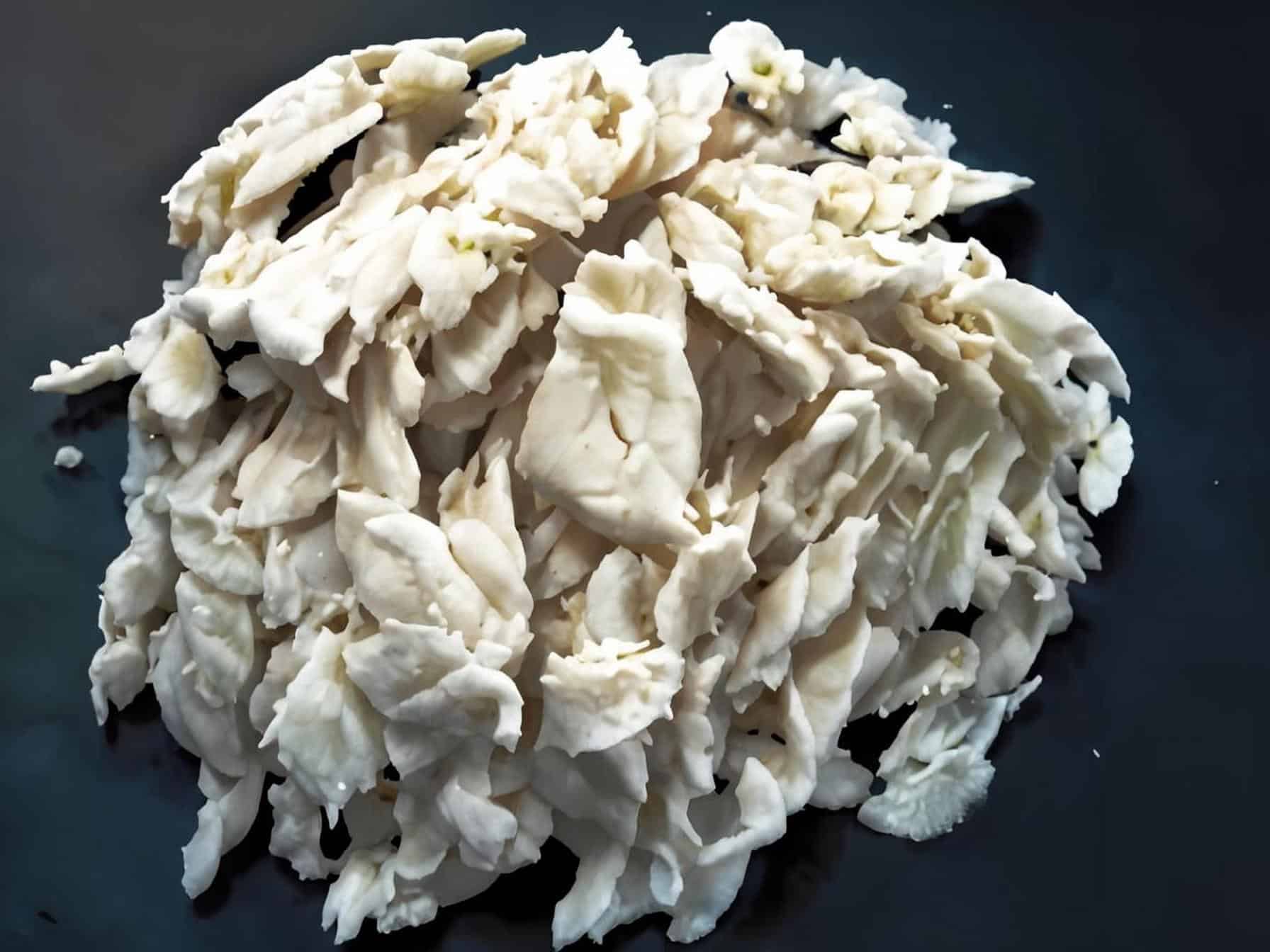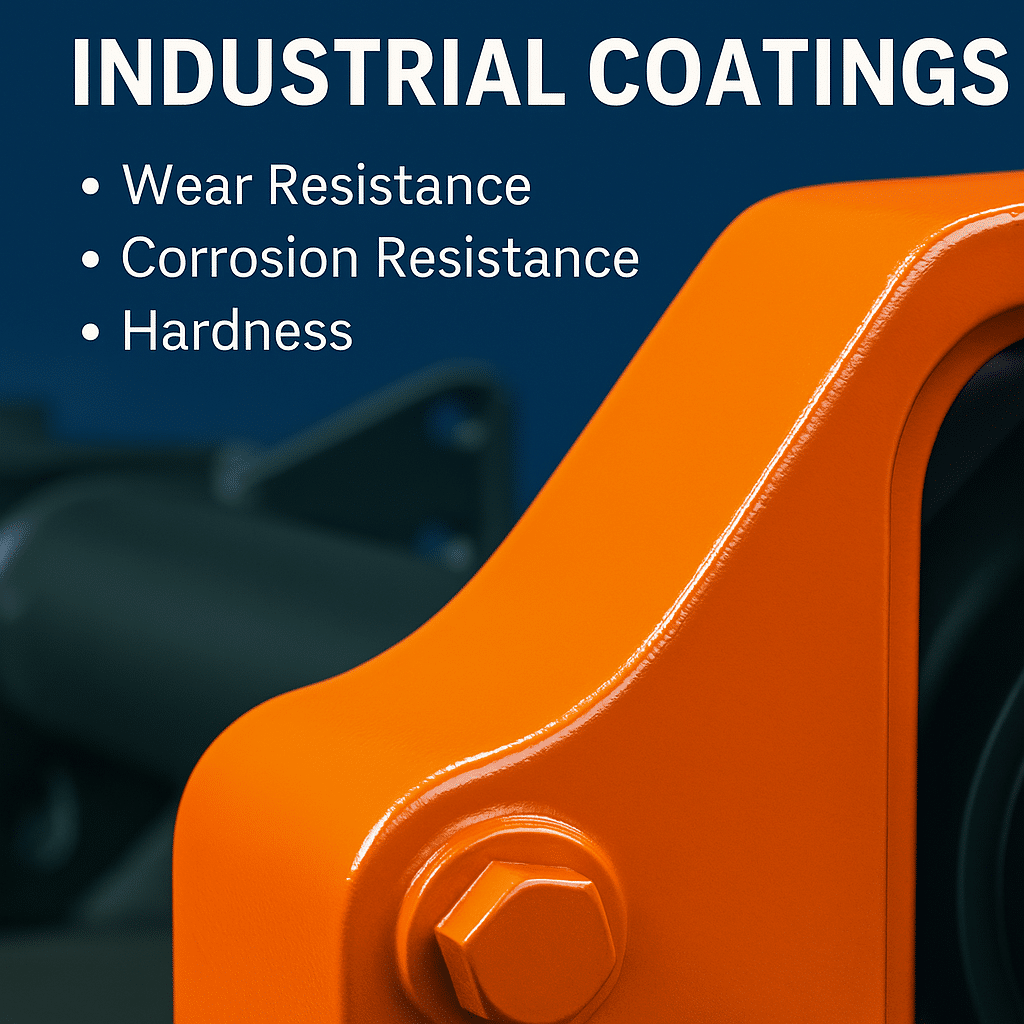Epoxy resin composites are widely used in various industries due to their excellent mechanical properties, corrosion resistance, thermal stability, and electrical insulation. However, the low oxygen index of epoxy resins (19.8) categorizes them as flammable materials, raising concerns about their fire safety in applications such as construction, electronics, and aerospace.

The Need for Flame Retardancy
Flame retardancy has become a crucial area of research as the flammability of epoxy resins poses significant challenges during fire incidents. Effective flame retardant modification can enhance the safety and broaden the application scope of these materials. There are two primary approaches to achieve flame retardancy in epoxy resins: additive and reactive methods.
Additive Flame Retardants
Additive flame retardants are mixed directly with epoxy resins to improve their flame-retardant properties. These include:
- Mineral-based Flame Retardants: Such as Aluminum Hydroxide (ATH) and Magnesium Hydroxide (MH), which work by releasing water vapor during combustion.
- Halogenated Flame Retardants: Including chlorine and bromine compounds, known for their effective flame suppression but facing environmental scrutiny.
- Phosphorus-based Flame Retardants: These materials offer excellent flame retardancy and are considered more environmentally friendly compared to halogenated alternatives.
- Silicone-based Flame Retardants: These provide additional thermal stability and fire resistance.
In recent years, the focus has shifted towards developing non-toxic, halogen-free flame retardants due to increasing environmental regulations.
Reactive Flame Retardants
Reactive flame-retardant methods involve incorporating flame-retardant elements into the molecular structure of the epoxy resin. This can be achieved through:
- Incorporating Flame-retardant Monomers: Directly synthesizing epoxy resins with flame-retardant groups.
- Using Flame-retardant Curing Agents: Adding flame-retardant hardeners during the curing process.
- Incorporating Reactive Flame Retardants: Including active diluents that enhance the fire resistance properties.
Reactive methods provide long-lasting flame retardancy while preserving the original thermal and mechanical properties of the epoxy resin.
Future Directions in Flame Retardant Development
The development of effective and eco-friendly flame retardants is essential for the future of epoxy resin applications. Key trends include:
- Halogen-free and Non-toxic Solutions: Reducing toxic gas emissions during combustion.
- Smoke Suppression: Developing flame retardants that minimize smoke production, enhancing safety during fire incidents.
- Surface Treatment: Improving compatibility between flame retardants and epoxy resins to maintain mechanical performance.
- Nanostructured and Microstructure Flame Retardants: Increasing the surface area for better interaction and effectiveness.
- Synergistic Effects: Combining different types of flame retardants to enhance overall performance.
Conclusion
Understanding the flame retardancy mechanisms of epoxy resin composites is vital for enhancing their safety and performance. The industry is moving towards developing innovative, eco-friendly flame retardants that meet market demands while ensuring compliance with environmental regulations. As research advances, we can expect significant improvements in the flame safety of epoxy resins, opening new avenues for their application across various sectors.
For more information about epoxy resin from YQXPOLIMER, please reach us at: sales@yqxpolymer.com or +86-28-8411-1816.
Some pictures and texts are reproduced from the Internet, and the copyright belongs to the original author. If there is any infringement, please contact us to delete.




